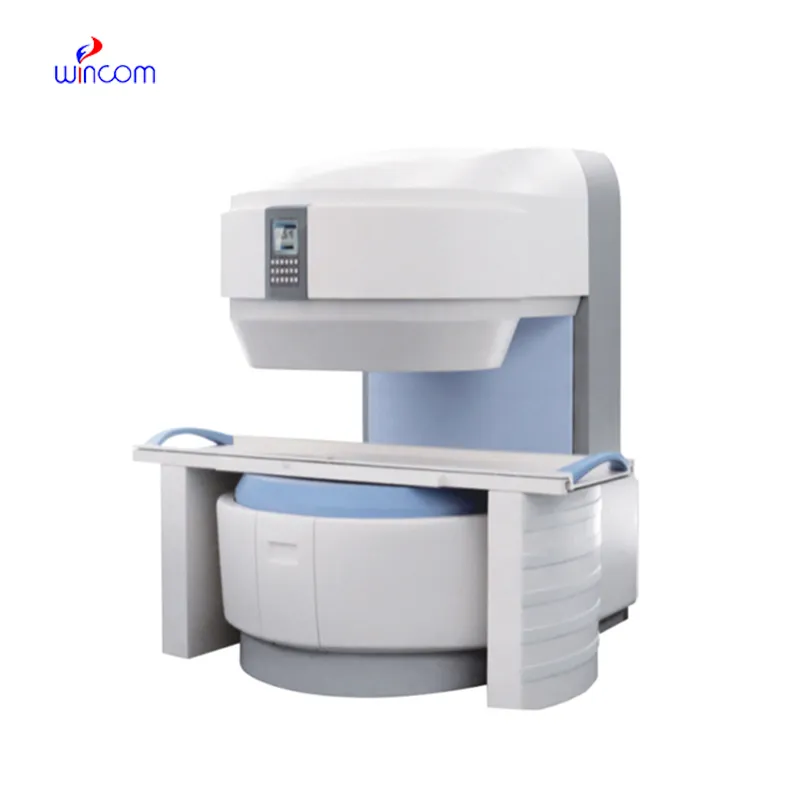
With intelligent motion correction and image enhancement software, the large bore mri machine minimizes patient movement artifacts. The accuracy features of the system come together to provide distortion-free, high-resolution images. Patient safety and efficient operation improve diagnostic confidence in the large bore mri machine.

The large bore mri machine is extensively utilized in neurological diagnostics for the diagnosis of brain tumor, stroke trauma, and multiple sclerosis. It provides accurate imaging of brain anatomy and blood perfusion patterns. The large bore mri machine also supports functional imaging, measuring neural activity, and helps in understanding cognitive and behavioral disorders.

The large bore mri machine will expand its role in neuroscience and molecular imaging by introducing new contrast mechanisms and biophysical modeling. This will make visualization of cellular-level activity and brain connectivity achievable. The large bore mri machine will provide unparalleled insight into complex physiological processes.

Keeping the large bore mri machine in good shape guarantees stable imaging and long life. Technicians should follow factory-established service intervals, review system diagnostics, and perform safety interlock testing. The large bore mri machine should also be inspected for abnormal vibrations or sound patterns indicative of component failure.
The large bore mri machine provides enhanced diagnostic functionality for identifying abnormalities in tissues and organs. It relies on magnetic fields rather than ionizing radiation, thereby assuring safety when scanning repeatedly. The large bore mri machine enables the timely diagnosis of ailments including tumors, multiple sclerosis, and degeneration of joints.
Q: What is an MRI machine used for? A: An MRI machine is used to create detailed images of the body’s internal structures, helping doctors diagnose brain, spine, joint, and soft tissue conditions without using radiation. Q: How does an MRI machine work? A: The MRI machine uses strong magnetic fields and radio waves to align hydrogen atoms in the body and detect signals that form high-resolution images of organs and tissues. Q: Is an MRI scan safe for all patients? A: MRI scans are generally safe, but patients with metal implants, pacemakers, or certain medical devices must be evaluated before scanning due to magnetic interference. Q: How long does a typical MRI scan take? A: Most MRI scans take between 20 to 60 minutes, depending on the area being examined and the specific diagnostic protocol. Q: What makes MRI different from X-ray or CT imaging? A: Unlike X-ray or CT, an MRI machine uses magnetic resonance instead of radiation, making it particularly effective for imaging soft tissues and the nervous system.
The hospital bed is well-designed and very practical. Patients find it comfortable, and nurses appreciate how simple it is to operate.
The microscope delivers incredibly sharp images and precise focusing. It’s perfect for both professional lab work and educational use.
To protect the privacy of our buyers, only public service email domains like Gmail, Yahoo, and MSN will be displayed. Additionally, only a limited portion of the inquiry content will be shown.
Hello, I’m interested in your water bath for laboratory applications. Can you confirm the temperat...
We’re currently sourcing an ultrasound scanner for hospital use. Please send product specification...
E-mail: [email protected]
Tel: +86-731-84176622
+86-731-84136655
Address: Rm.1507,Xinsancheng Plaza. No.58, Renmin Road(E),Changsha,Hunan,China